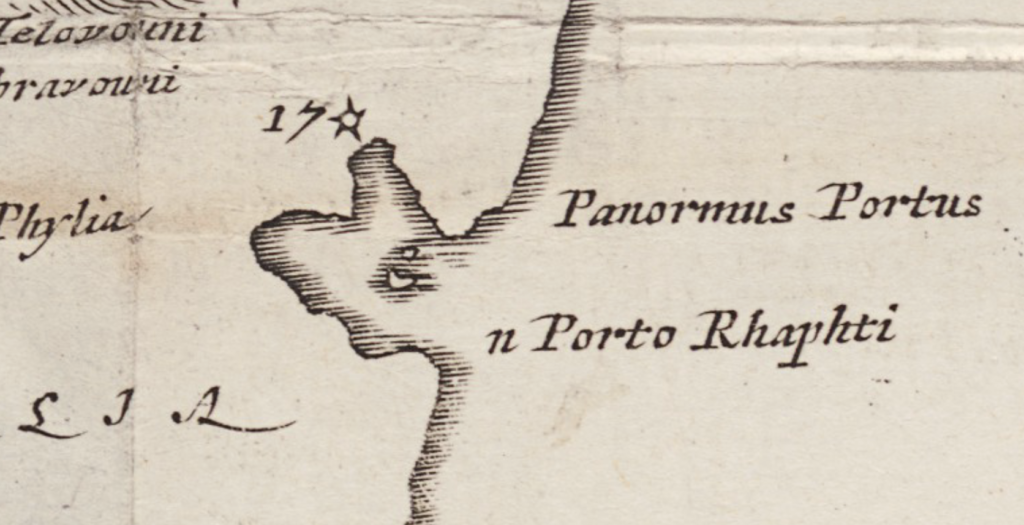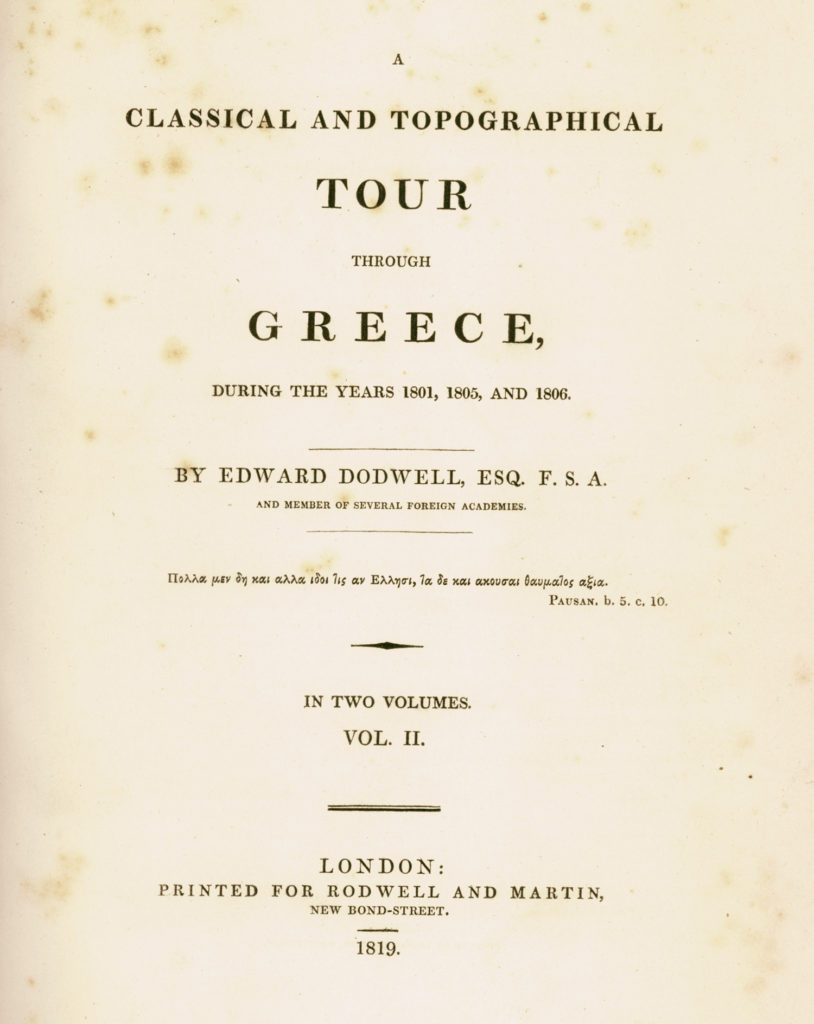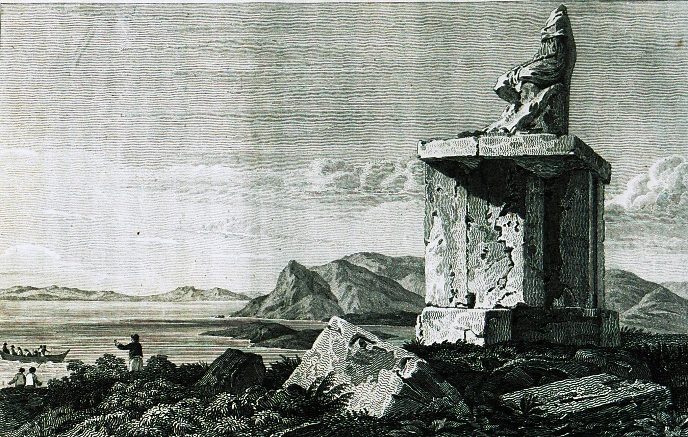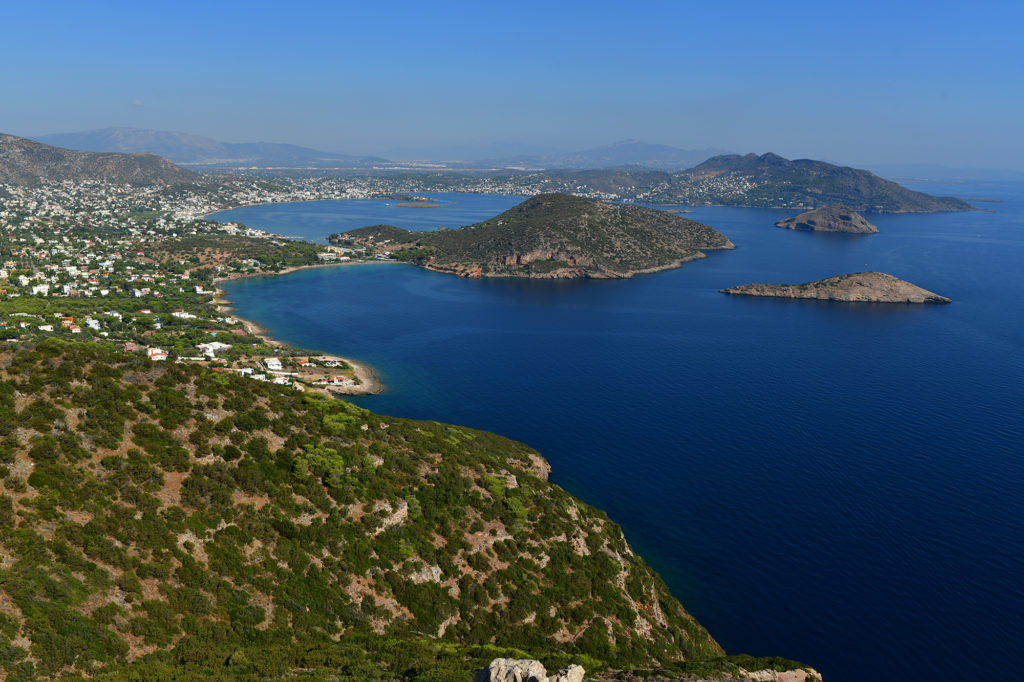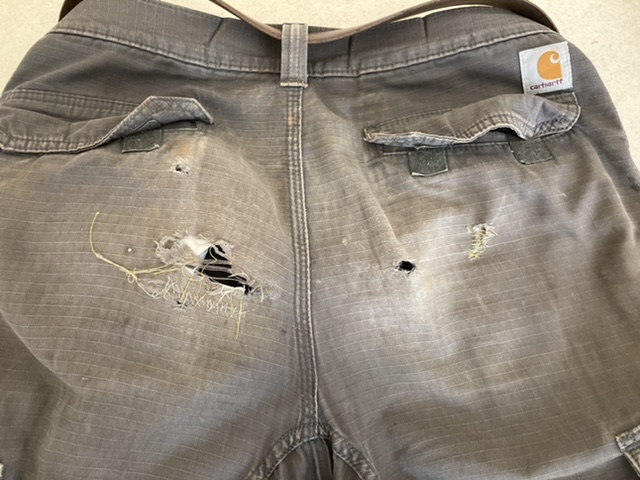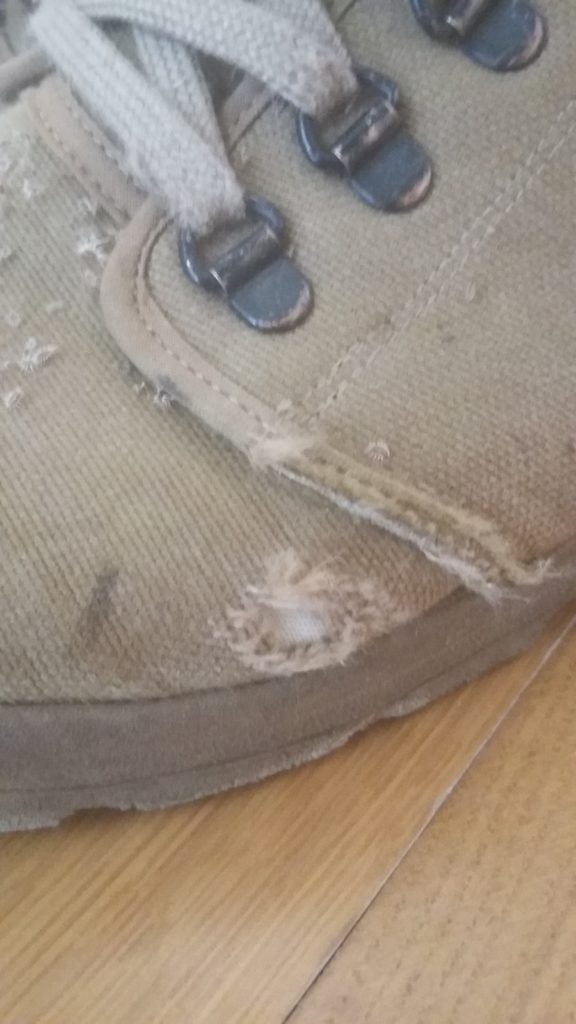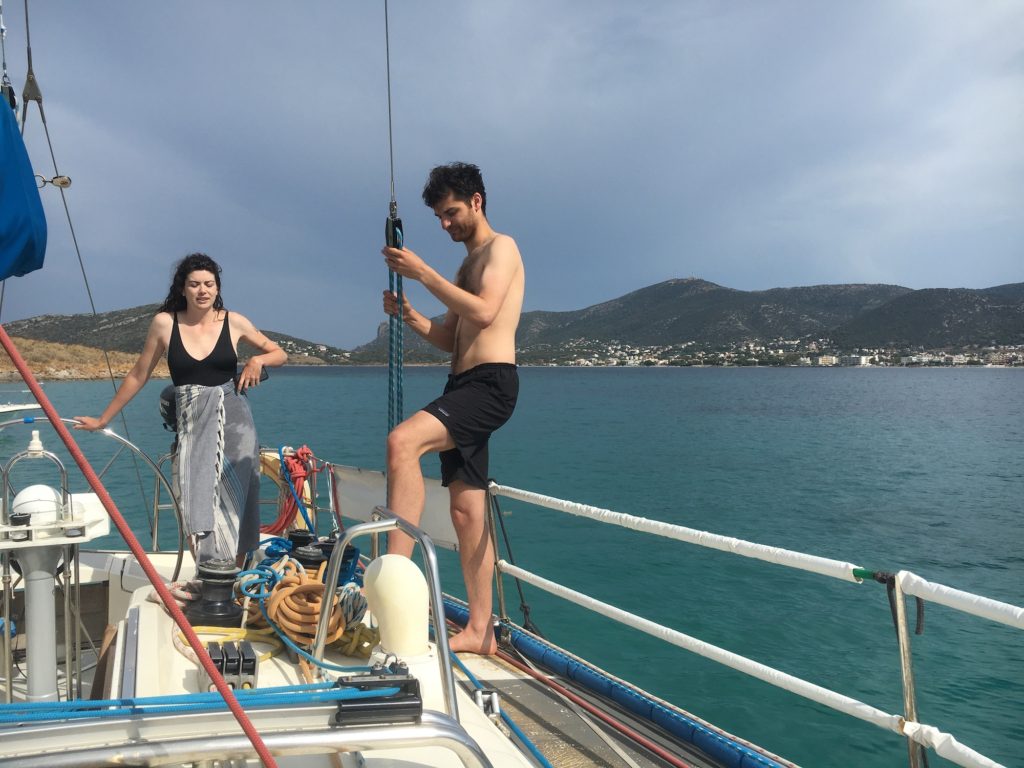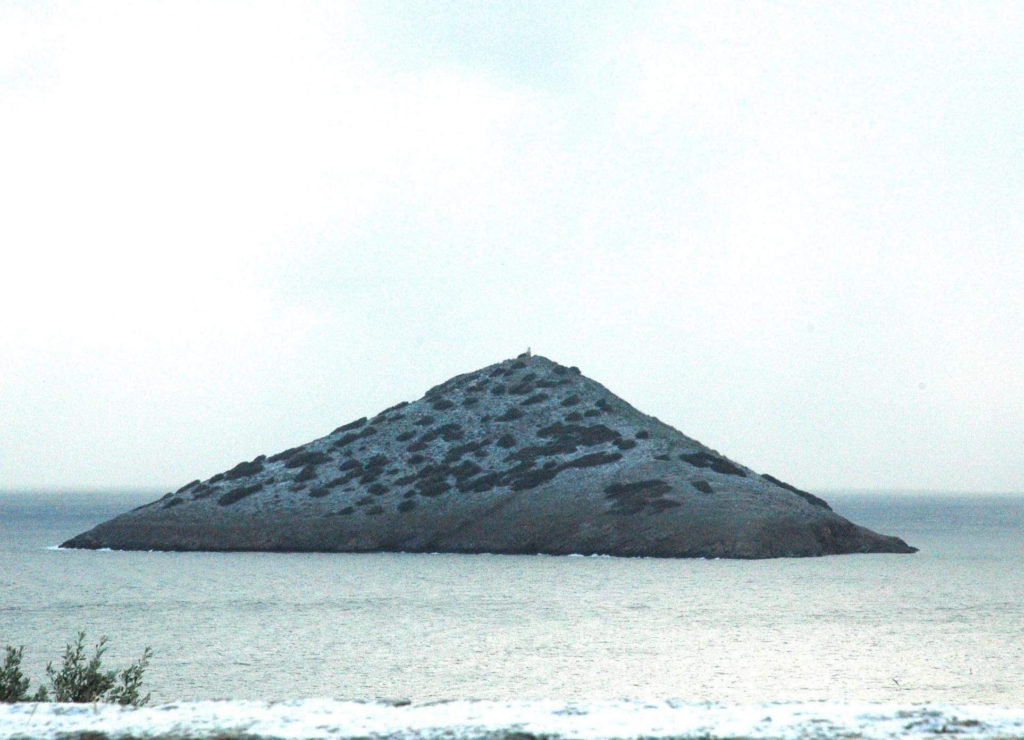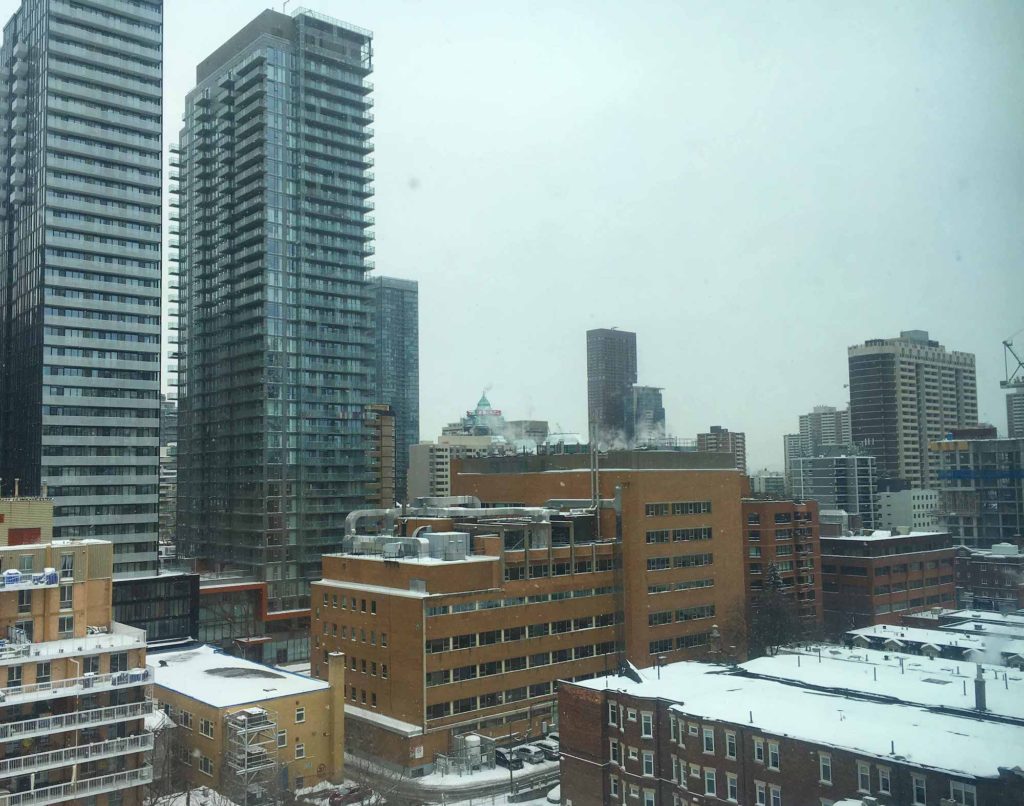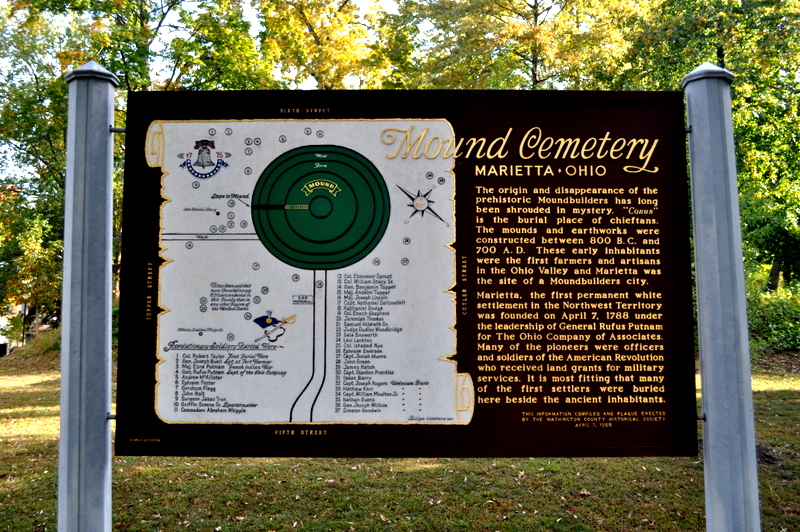Fans of BEARS might be interested to log into an online conference about the Ancient Economy coming up on November 5th and 6th. The conference proceedings will feature several friends of BEARS: the conference is organized in part by co-director Sarah Murray and features back-to-back talks by our intensive survey leader Maeve McHugh and itinerant drone wizard Dimitri Nakassis! It should be a good time with lots of brilliant scholars chewing on important problems in the field of ancient history. Details and instructions for registering can be found in the poster below, or just email sc.murray@utoronto.ca with any questions!



